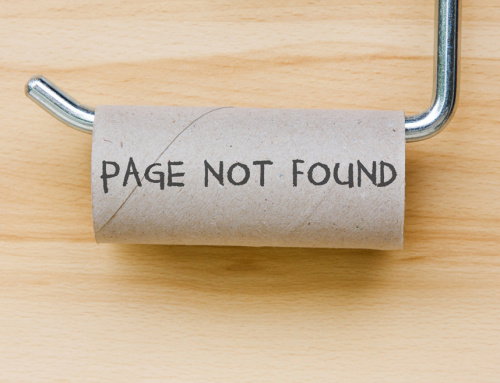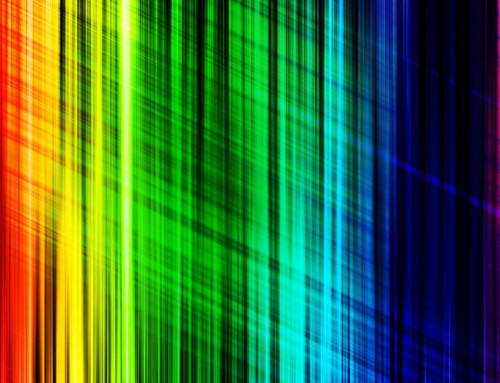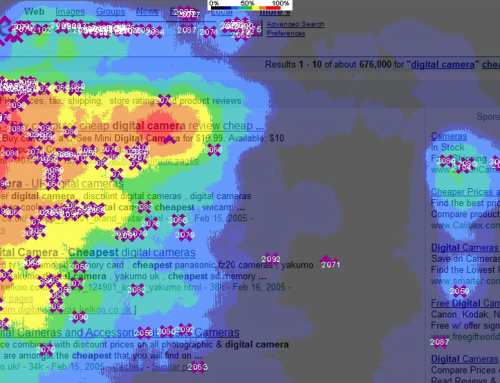The average punter tends to think that graphic and web designers are interchangeable. It’s thought to be different words to describe the same position. Both make pretty graphics, both for print and web. It doesn’t really matter.
That assumption is completely WRONG. And we’ll tell you why.
Print vs. Web Design
Traditionally, graphic designers deal exclusively with print or static graphics. In other words, they get a set layout of certain dimensions and create something visually appealing on that canvas. They know exactly what they need to do to render and deliver files that printers (the companies, not the devices) can work with to create posters, cards, flyers, and a wide range of other products.
Web designers, on the other hand, think about the web alone. How does the artwork look on screen? Is it optimised to load quickly? Can the website be viewed on desktops, laptops, mobiles and tablets? The design isn’t linear, but fluid. It should be able to handle different connection speeds as well as screen sizes.
The Coding of a Website
Graphic designers are concerned with art in print or in static images such as infographics. Web designers, on the other hand, must design with code in mind. In 2014, sites are no longer static brochure-style pages. You’ve got image galleries, rotating banners, fancy effects, resizing according to browser and a bunch of other variables to think about.
Web designers are not only aware of these, but they can usually do a wee bit of coding as well. (x)HTML and CSS are increasingly becoming part and parcel of what’s asked from the modern-day web designer, as it means the end product is not a piece of work that’s been confusedly cobbled together by a designer and developer, but created by a single person.
Design with Change in Mind
Graphic designers will usually get a project and design according to the spec, which doesn’t change over time. Once the graphic has been delivered, that’s it. Sure, templates and design guides can be drawn up to deal with similar jobs in future, but each and every product stands on its own as a final deliverable.
Web designers need to think about what’s on the site when it’s launched, but also how it can be changed as the project matures. The design has to be flexible to allow the client to insert new images, change text (and thus typography layout), and add new pages. Therefore, the design must not be rigid in any way.
But Wait… Other People Have Told Me Something Different!
Before you go up in arms to say that you’ve received alternate information from another creative, we’re going to have to add a little disclaimer. Yes, some will have slightly different definitions of what web and graphic designers are. Some will say that web designers are only coders with a slight knowledge of design, but ultimately concerned with the usability and presentation.
The main thing we want you to take away from this piece is that just because someone knows how to create beautiful images, it doesn’t mean that they can design a fully-featured website that caters to all of the modern demands of 2014. That’s not to say that graphic designers are antiquated and no longer necessary – not at all. Just make sure you’re aware of the strengths and capabilities of each.






Leave A Comment
You must be logged in to post a comment.